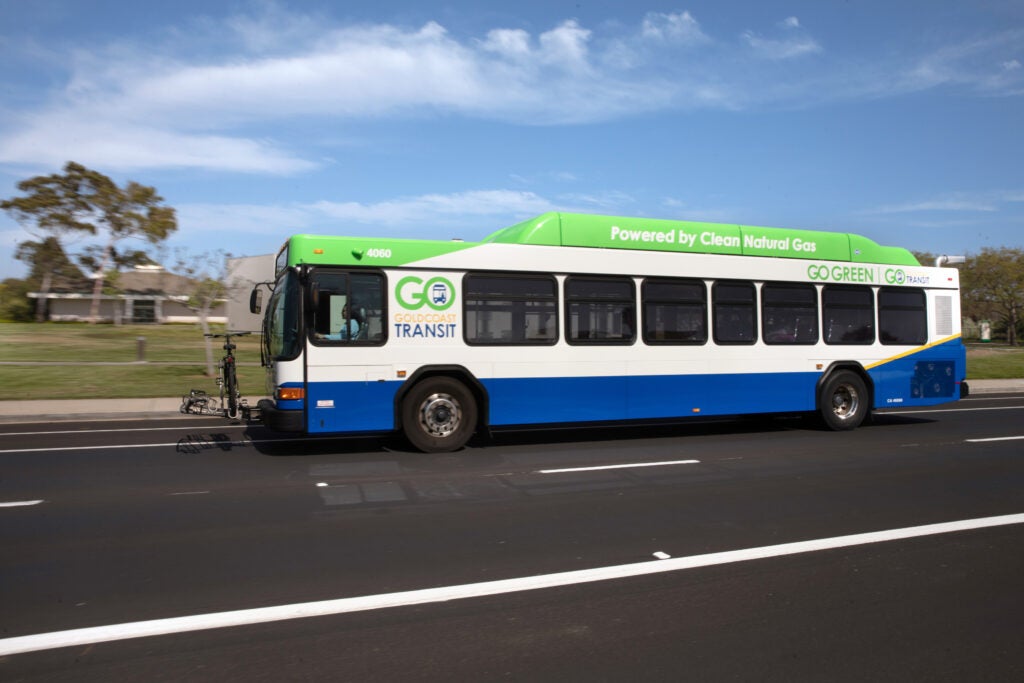
Mission
Serving, Moving, and Connecting People to Opportunity - One Ride at a Time.
Vision
GCTD's vision is to revolutionize transportation in Ventura County by leading initiatives that improve the rider experience, achieve clean air, and drive economic vitality.
Strategic Priorities
In July 2023, the Board Approved a three-year strategic plan that sets forth our vision for the future, and provides a series of strategies and goals for improving the rider experience, system safety, financial capacity, supporting employee engagement, and increasing awareness of our services and value within the community.
You can can read the Strategic Plan here.
Gold Coast Transit District provides public fixed-route and paratransit service in the cities of Ojai, Oxnard, Port Hueneme, Ventura and the unincorporated areas of Ventura County. With nearly 2 million passenger trips provided each year, GCTD is the largest public transportation operator in Ventura County. The fleet includes 61 buses and 26 paratransit vehicles all powered by clean natural gas supplied by an on-site CNG fueling station.
History
Prior to 1973, Ventura Transit City Lines operated local service in Ventura and Ojai, and Oxnard Municipal Bus Lines served Oxnard and Port Hueneme. Following a national trend, the bus systems that flourished through the mid-century began to decline in the 1960's. The outlook for public transit systems in California brightened in 1971 when the State Legislature created a source of dedicated transportation funding through passage of the Transportation Development Act (TDA). The availability of TDA funds to local governments provided an impetus for forming a single regional transit entity to operate coordinated transit services across municipal boundaries and in some unincorporated areas of western Ventura County. The County of Ventura joined SCAT in October of 1977. By February of 1980 the transit functions in western Ventura County were consolidated into a single administrative, operating and maintenance facility on a three-acre site at 301 East Third Street in Downtown Oxnard.
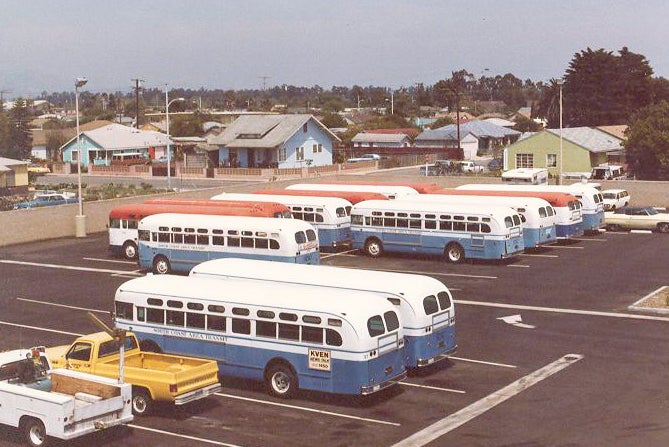
1973
Founding of GCTD
GCTD was founded in 1973 as “South Coast Area Transit” when the cities of Ojai, Oxnard, Port Hueneme and San Buenaventura executed a Joint Powers Agreement that created “SCAT” to develop and operate local and intercity public transportation in western Ventura County.
ACCESS Paratransit Begins
In 1996 SCAT began operation of ACCESS, a regional paratransit service providing curb-to-curb transportation for people with disabilities and senior citizens.
1996
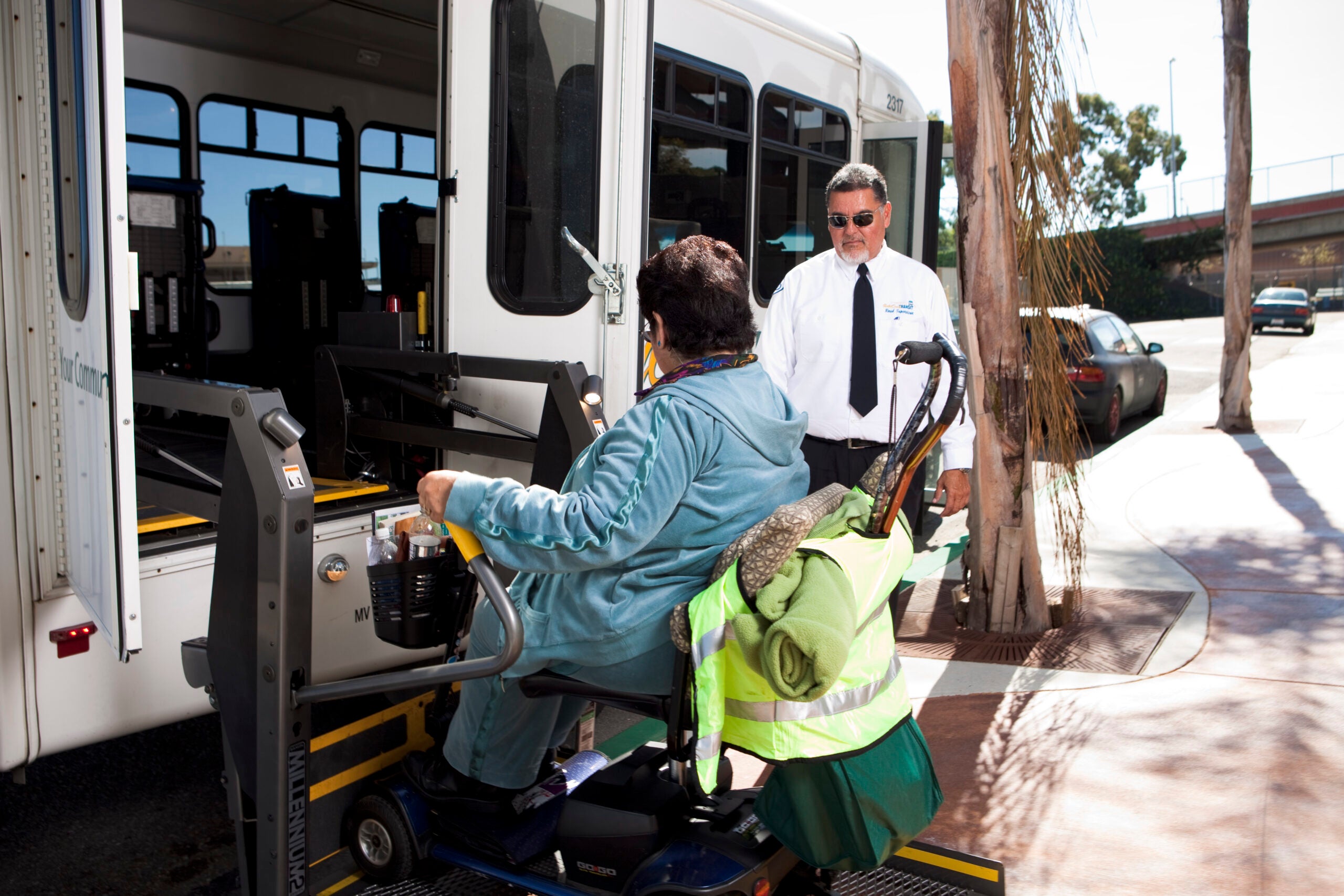
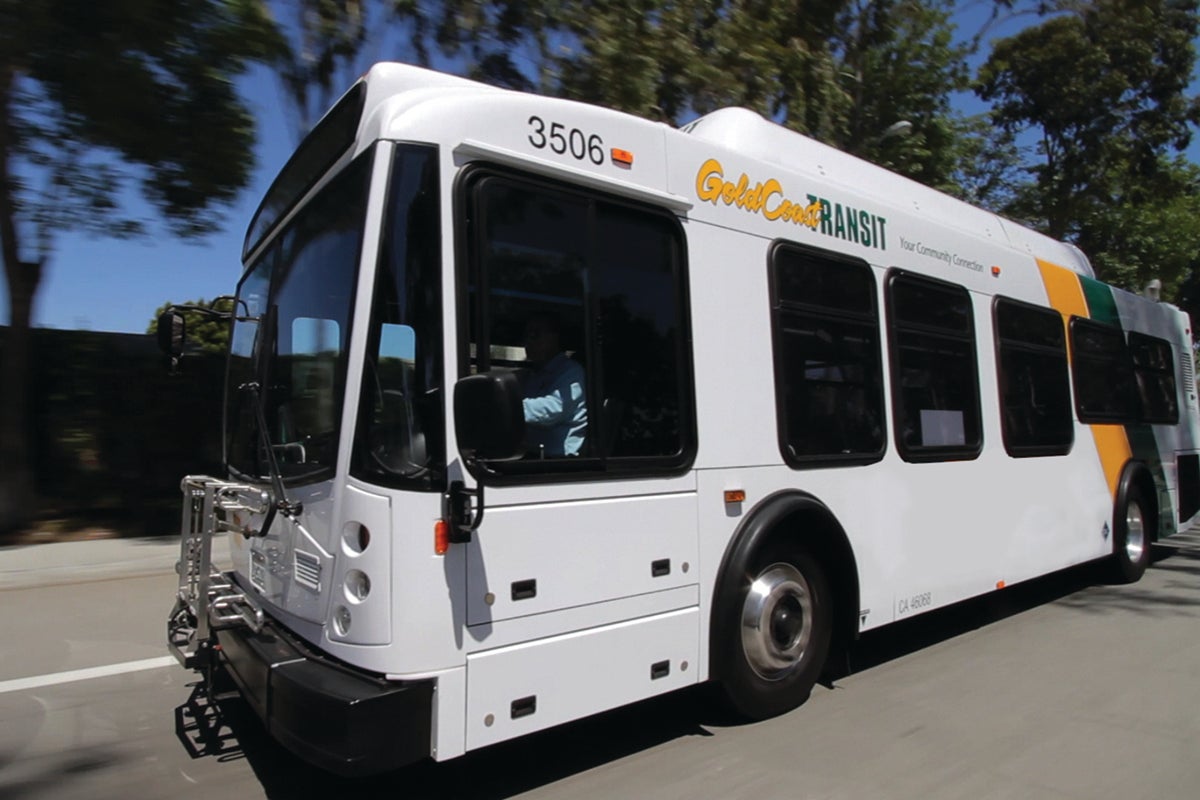
2007
South Coast Area Transit Renamed Gold Coast Transit
In June 2007, SCAT’s Joint Powers Agreement was amended to rename the agency from South Coast Area Transit to Gold Coast Transit. The change in name was intended to help distinguish the agency from the 11 other agencies named SCAT around the nation and to better connect the service to the community it served.
Goes From a JPA To a special District
In October 2013, Governor Brown signed into law Assembly Bill AB 664, which formed the Gold Coast Transit District. The district legislation was initiated in response to Senate Bill SB 716, which required that all TDA funds in Ventura County be used solely for public transit purposes. Formation of a transit district allows GCTD’s Board of Directors and staff greater flexibility in implementing service improvements by looking beyond jurisdictional borders in order to efficiently and effectively meet the public’s transit needs
2013
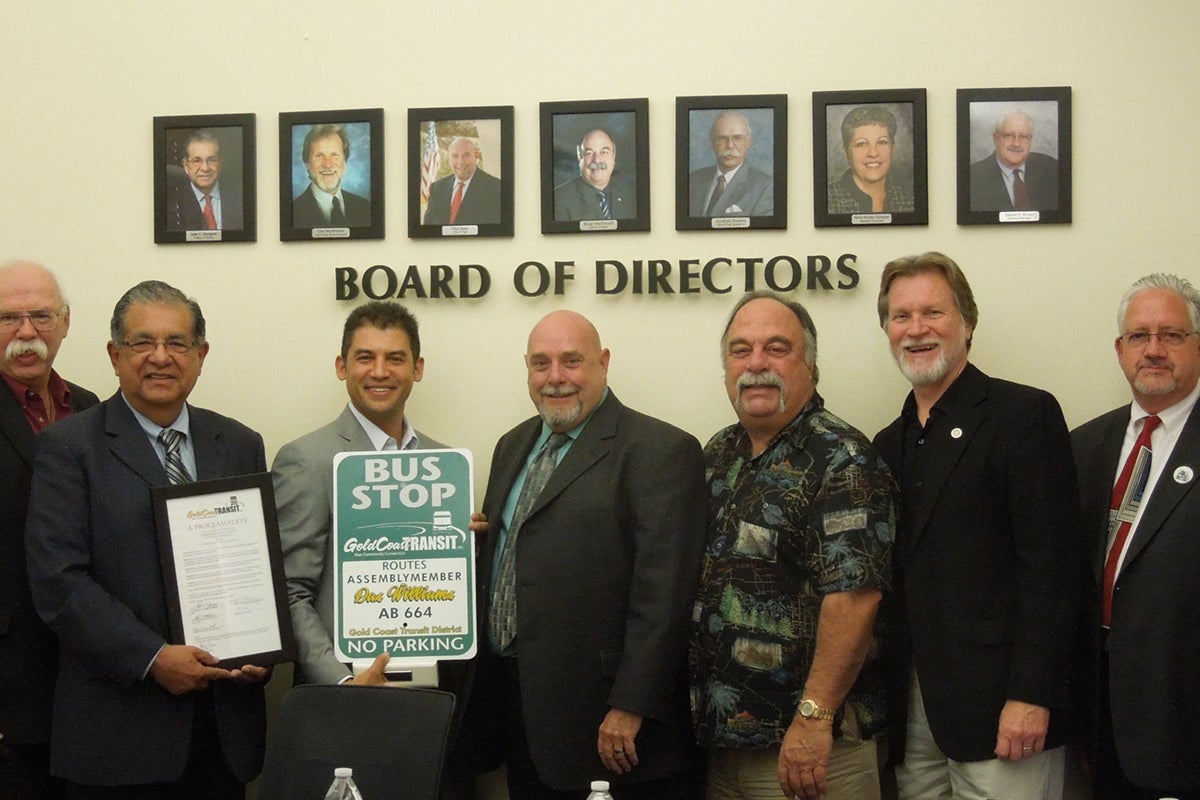
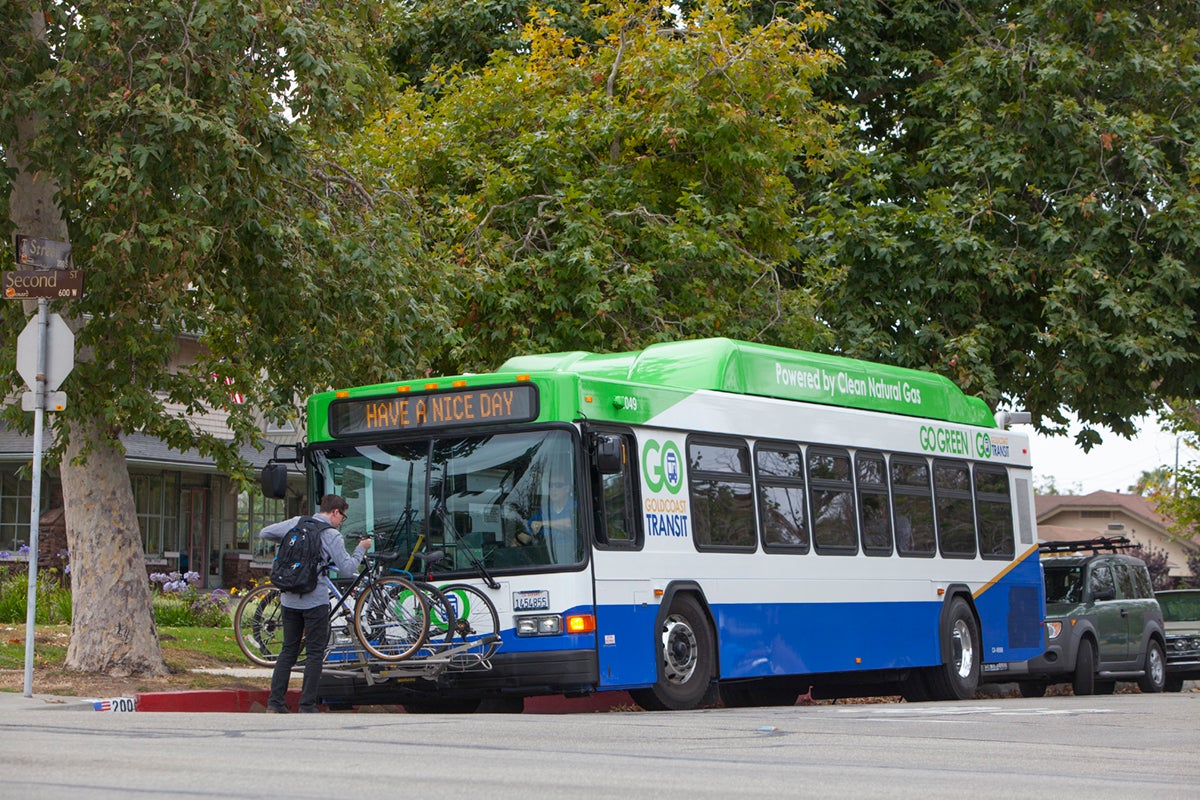
2014
GCTD Named Small Agency of the Year
In 2014 Gold Coast Transit District was named Small Agency of the Year by the California Transit Association. In 2015, GCTD unveiled a new logo and bus paint scheme to coincide with the purchase of replacement buses. The new colors reflect GCTD’s commitment to quality public transportation, and evokes the agency’s vision of a more modern, clean and efficient future.
New Headquarters
In 2019 the District moved into new headquarters located at 1901 Auto Center Drive in Oxnard CA. The New Operations and Maintenance Facility will allow GCTD to continue to meet the growing transit needs of the community.
2019
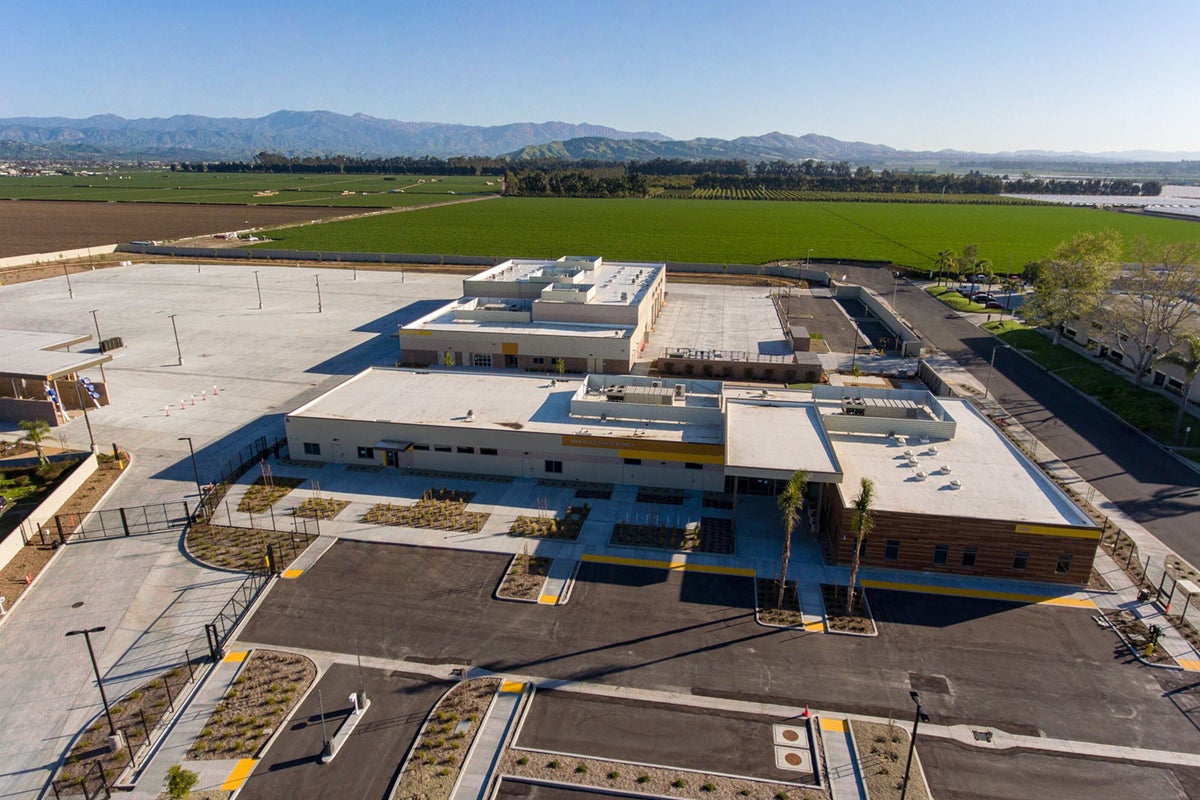
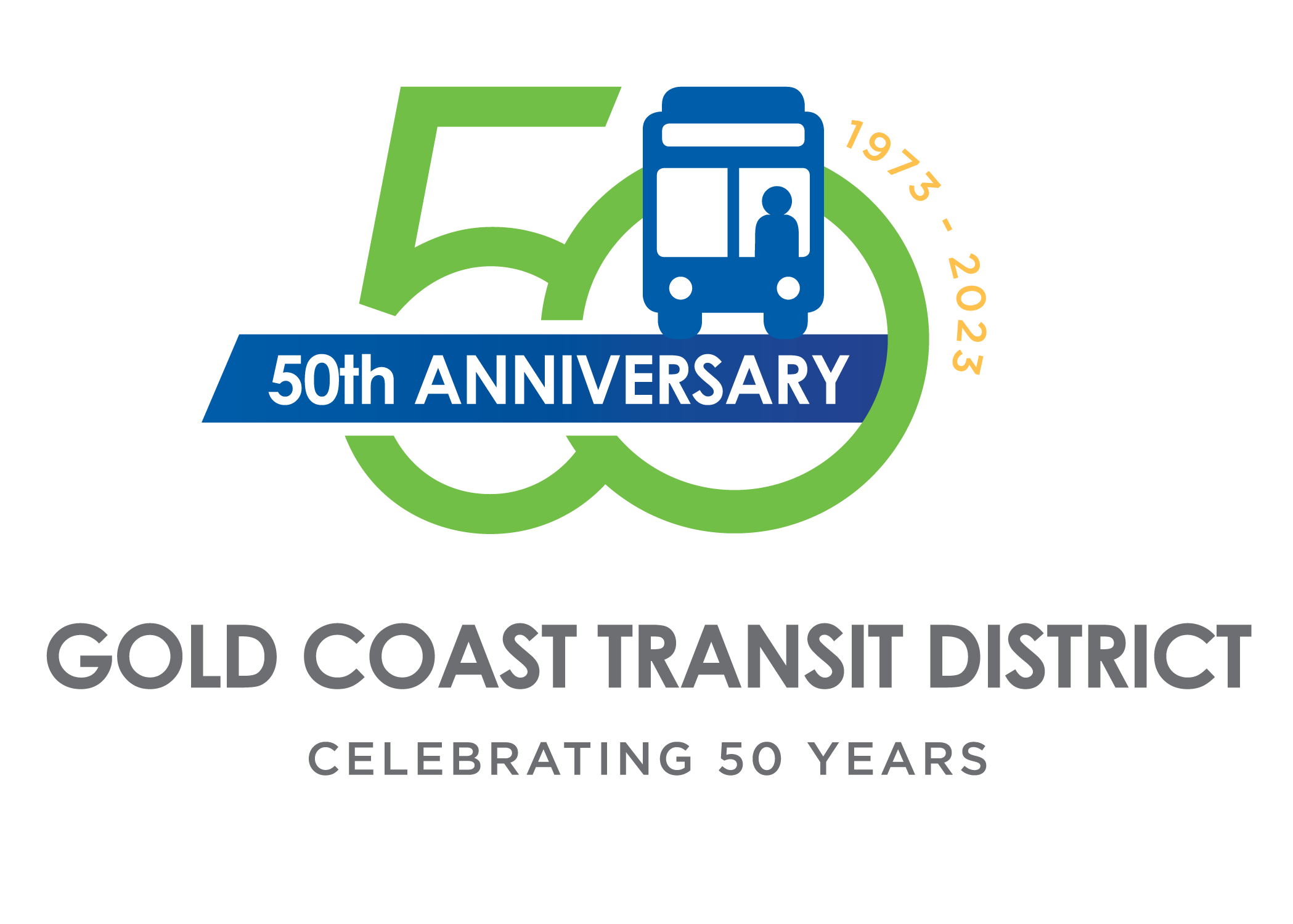
2023
New Mission, Vision & Strategic Plan
In 2023, GCTD proudly celebrated a monumental milestone—our 50th Anniversary. This significant year marked not only a half-century of dedicated service and evolution but also the commencement of an exciting new chapter in our journey. With a forward-looking approach, our Board approved a comprehensive three-year strategic plan in July, aimed at enhancing our service quality, ensuring safety, broadening our financial base, increasing employee engagement, and boosting our community involvement. Our new Mission, Vision, and Strategic Plan are the results of extensive collaboration and reflect our core values of professionalism, respect, efficiency, and reliability. Together, we look forward to continuing to serve and connect our community with the same high standards as we have for the past 50 years.
1973
Founding of GCTD
GCTD was founded in 1973 as “South Coast Area Transit” when the cities of Ojai, Oxnard, Port Hueneme and San Buenaventura executed a Joint Powers Agreement that created “SCAT” to develop and operate local and intercity public transportation in western Ventura County.

1996
ACCESS Paratransit Begins
In 1996 SCAT began operation of ACCESS, a regional paratransit service providing curb-to-curb transportation for people with disabilities and senior citizens.

2007
South Coast Area Transit Renamed Gold Coast Transit
In June 2007, SCAT’s Joint Powers Agreement was amended to rename the agency from South Coast Area Transit to Gold Coast Transit. The change in name was intended to help distinguish the agency from the 11 other agencies named SCAT around the nation and to better connect the service to the community it served.

2013
Goes From a JPA To a special District
In October 2013, Governor Brown signed into law Assembly Bill AB 664, which formed the Gold Coast Transit District. The district legislation was initiated in response to Senate Bill SB 716, which required that all TDA funds in Ventura County be used solely for public transit purposes. Formation of a transit district allows GCTD’s Board of Directors and staff greater flexibility in implementing service improvements by looking beyond jurisdictional borders in order to efficiently and effectively meet the public’s transit needs

2014
GCTD Named Small Agency of the Year
In 2014 Gold Coast Transit District was named Small Agency of the Year by the California Transit Association. In 2015, GCTD unveiled a new logo and bus paint scheme to coincide with the purchase of replacement buses. The new colors reflect GCTD’s commitment to quality public transportation, and evokes the agency’s vision of a more modern, clean and efficient future.

2019
New Headquarters
In 2019 the District moved into new headquarters located at 1901 Auto Center Drive in Oxnard CA. The New Operations and Maintenance Facility will allow GCTD to continue to meet the growing transit needs of the community.

2023
New Mission, Vision & Strategic Plan
In 2023, GCTD proudly celebrated a monumental milestone—our 50th Anniversary. This significant year marked not only a half-century of dedicated service and evolution but also the commencement of an exciting new chapter in our journey. With a forward-looking approach, our Board approved a comprehensive three-year strategic plan in July, aimed at enhancing our service quality, ensuring safety, broadening our financial base, increasing employee engagement, and boosting our community involvement. Our new Mission, Vision, and Strategic Plan are the results of extensive collaboration and reflect our core values of professionalism, respect, efficiency, and reliability. Together, we look forward to continuing to serve and connect our community with the same high standards as we have for the past 50 years.
